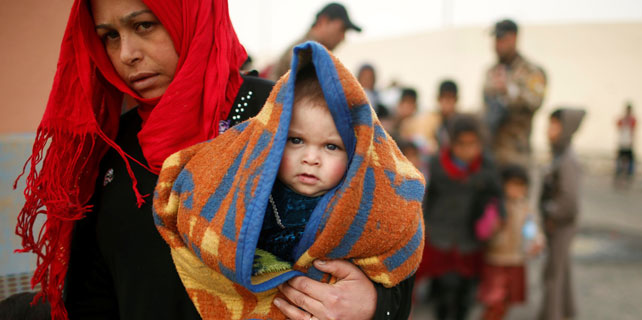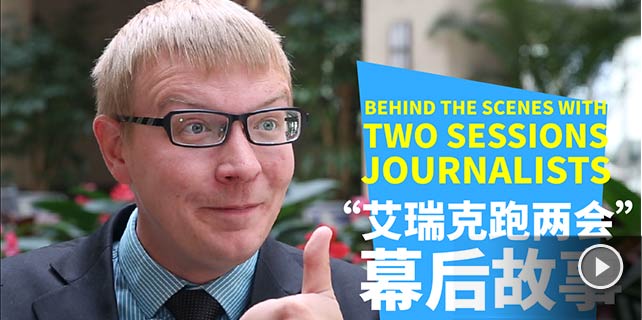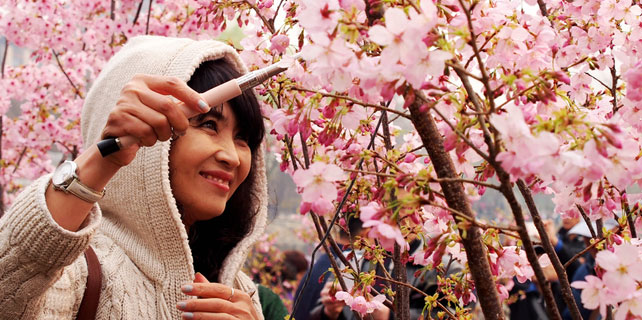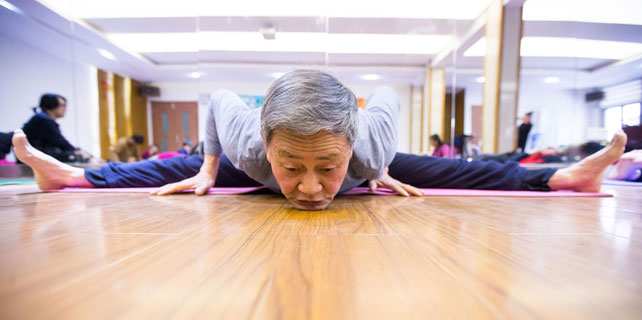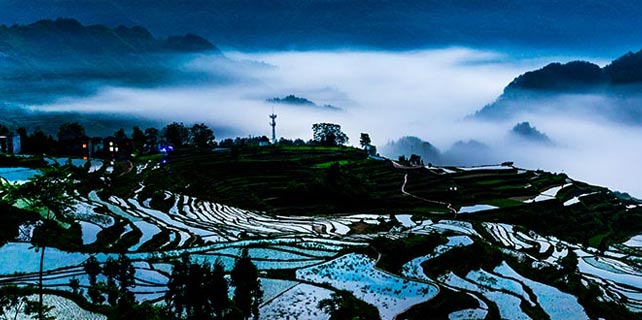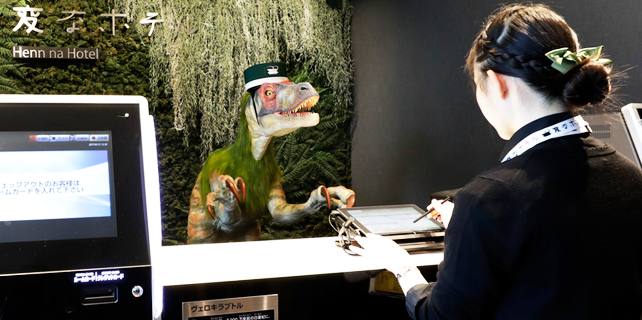Exhibition highlights work by Dunhuang pioneer
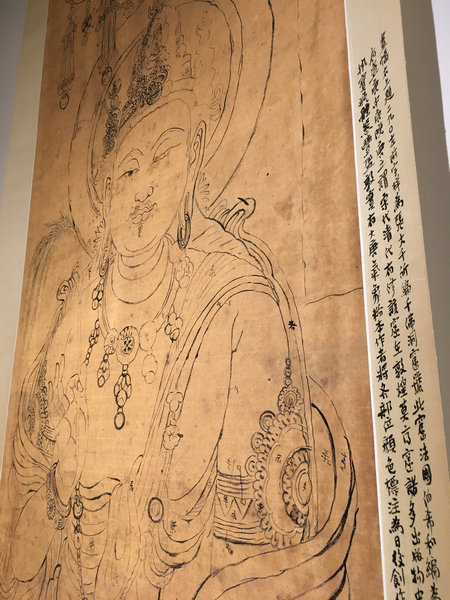 |
|
A sketch by Zhang Daqian of the murals of the Mogao Grottoes is among the exhibits at the show in Beijing. [Photo provided to China Daily] |
While there is still debate over whether the studies of Zhang Daqian (1899-1983) of the murals in Dunhuang's Mogao Grottoes damaged the art, his work during a time of war and social upheaval is much prized.
An ongoing exhibition in Beijing that'll run through April 12 offers testimony to this.
The Silk Road: Reflection of Mutual Learning was launched by the Network of International Cultural Exchange, which affiliated with the Ministry of Culture, and Jiya Zhai, an art gallery based in Nanchang, capital of Jiangxi province.
The show at the gallery of the Network of International Cultural Exchange showcases scripts and old photos of the murals in Gansu province from Zhang's expedition in the 1940s.
Curator He Ruzhen says 17 sketches by Zhang's team are among the most precious exhibits.
All of the mare from private collectors in Jiangxi province.
"The sketches are the same size as the original works," says He.
"Zhang covered the murals with paper soaked in oil, and used ink to draw the outlines (for the sketches). They are of great historical significance."
The Mogao Grottoes were listed among UNESCO's World Heritage sites in 1987.
The 735 caves are adorned with Buddhist murals and sculptures.
The earliest date back to the fourth century AD. The latest were decorated in the 14th century. They record the history of Dunhuang, an oasis and a cultural crossroad on the Silk Road.
Zhang led his team to study the caves from 1941 to 1943, during the War of Resistance Against Japanese Aggression (1937-45).
In 1944, the Dunhuang Academy was established as a public institution in charge of protecting the caves.
Today, the academy is a major organization that preserves not only the caves in Dunhuang but also other relics from along the Silk Road within China.
The exhibition also shows old photos of the Mogao Grottoes from the late 1940s to the early 1950s.
They're juxtaposed with contemporary sketches of the Mogao Grottoes created by teachers and students from the China Academy of Art in Hangzhou, capital of Zhejiang province.
"This is also to show how people have learned from Dunhuang ," says He.
The curator also says that the ongoing event is only the start of a series of exhibitions echoing the country's Belt and Road Initiative.
Later this year, displays of ancient coins from the Silk Road and thangka, a Tibetan Buddhist painting genre,will be staged in the same hall.
The series will also travel overseas, especially to Silk Road countries.
If you go
The Silk Road: Reflection of Mutual Learning 10 am to 5 pm, through April 12, closed on Mondays; 83 Beiheyan Dajie (Avenue), Dongcheng district, Beijing.







